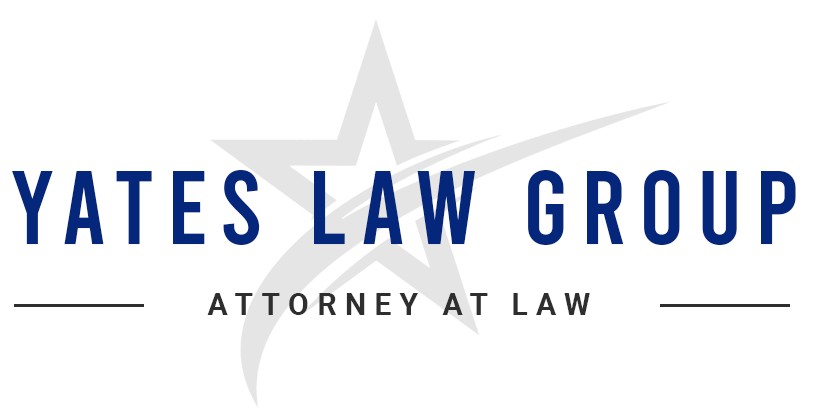Almost since the inception of our laws, the property has been considered to be either personal or real property. However, over the past decade, a trend has evolved creating essentially a third category: digital assets. Traditional estate planning does not take into account this new class of assets, but to understand how to manage or transfer these assets upon death or incapacity, it is important to understand what they are.
In its most basic form, digital assets include “any online account that you own or any file that you store on your computer or that you store in the cloud.” Posting of Nathan Lustig to Entrustet HIWI Blog, Digital Estate Planning: What is Digital Assets? (Apr. 19, 2010). Online accounts today include not only new forms of online media like Facebook and Twitter but also traditional accounts that are now accessible online like bank and investment accounts.
Estate Planning for Digital Assets
Almost since the inception of our laws, the property has been considered to be =
either personal or real property. However, over the past decade, a trend h=
as evolved creating essentially a third category: digital assets. Traditio=
nal estate planning does not take into account this new class of assets, so laws and policies regarding managing or transferring these assets upon death or disability is an evolving issue.
The first step is to identify any digital assets that you may own or hold a license to use. These may include, among others, email accounts such Hotmail, Gmail, or Yahoo; social media such as Facebook, MySpace, LinkedIn, or Twitter; eBay accounts, PayPal accounts, blogs, photos and videos stored on Kodak EasyShare or Flickr, avatars for online games such as Second Life; domain names through GoDaddy; online bill payment accounts; and personal data stored on a cloud.
Most of these various websites or accounts have user policies concerning
Welcome to the future: the day and age when “Going Green” is in and using paper is considered taboo. We may be saving the environment, but along the way, we may be creating a huge headache for our heirs by eliminating the historical “paper trail.”
As a probate attorney who prepares estate plans and probates them as well, I am often faced with the questions: “How do I know what my parents owned? Is there life insurance? What about bank accounts? Debts? Credit cards?” and the list goes on.
In the past, my advice was to have all of the mail forwarded to the executor or personal representative of the estate. Eventually, a bill or statement will show up. That is not the case now. Whether it is life insurance, credit cards, bank accounts or the like, most companies not only offer “paperless” statements but often encourage it with discounted fees. This can frustrate the probate process.
The solution, although simple, often goes unattended. Create a list. For those of us who are not “list” people, this
The goal of an estate plan is to allow for the transition of assets upon death in the most efficient manner possible. If you do not create a list of your digital assets and digital information, you frustrate that purpose.

